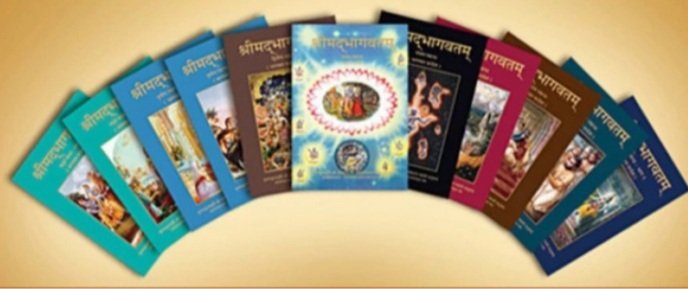Five criteria must be met for a hadith to be classed as authentic.
1. Morally upright narrators
2. Precision in transmission
3. Connected chain
4. Free from inconsistencies with other reports
5. Solitary reports must be free from reasons for suspicion
The first three of these deal with internal defects. The remaining two deal with external (or ‘hidden’) defects. The objective of these criteria is to ensure there be no chance of forgeries and to mitigate against the likelihood of errors in reports.
1) All narrators must be morally upright and known for their honesty. This is to eliminate all chances of deliberate lies in the name of the Prophet ﷺ. A morally upright Muslim would never lie about Allah and His Messenger ﷺ.
2) Precision in transmission is likewise necessary to mitigate against unintended mistakes. An upright narrator with weak memory, for instance, might not consciously lie but is nonetheless prone to erring when conveying a report.
Ensuring every narrator is generally a precise transmitter lowers the chances of errors creeping into the reports (it does not eliminate it completely — this will be discussed under the fourth and fifth criteria).
Errors in narrating hadith are equivalent to forgeries in that both reports are essentially false — although, of course, deliberate lying is worse than making errors.
3) Each narrator must have heard the hadith directly from the person they narrate from, forming a ‘chain’ of transmission. This chain must be ‘connected’, as that is the only way to ensure the first two criteria are properly met.
In contrast, a ‘broken’ chain means there is an unidentified missing link who has been omitted from the chain; thus, we cannot be confident that the unknown middle-man is morally upright and accurately transmits reports. Therefore, the report will be unreliable.
4) The chain must be free from inconsistencies with other reports. These are detected by comparing a chain with all its variants. If the said chain is inconsistent with the variants, it is said to have a ‘defect’.
For instance, if a narrator attributes a statement to the Prophet ﷺ, but all his peers attribute it to a companion, the first chain would be unreliable.
The purpose of this criterion is to further mitigate the chances of error among the trustworthy narrators. Even the most reliable narrators can still make mistakes. Therefore, hadith scholars developed methods to identify them.
By collating and comparing all variant chains of the same report, the scholars of hadith further remove the chances of errors in reports as the supporting narrations of others strengthen the account of a single chain. Thus, we gain a stronger confidence in its reliability.
5) It must not be an untenable, solitary report. If a trustworthy narrator is the only one to convey a report and there are external reasons that shed doubt on it, it will be treated with scepticism until experts validate or falsify it through external evidence.
They do this by assessing the reliability of the isolated narrator, examining the content of the report, the nature of its transmission and how likely it is that it could be reported only by a solitary narrator.
The purpose of this criterion is to completely eliminate the chances of a trustworthy narrator erring in his transmission.
Once all five criteria are met, a hadith is considered authentic and reliable.


